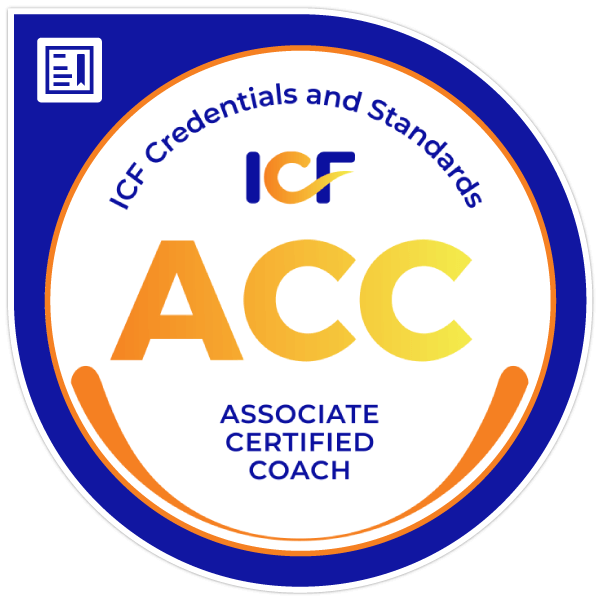Addiction is the prevailing modern disease. Lacking an inner sense of fulfillment, we attach ourselves to people, drugs, things, behaviors, feelings and work to seek satisfaction. Scott Peck, renowned author of The Road Less Traveled, describes addictions as the modern idols. Having left God, our first love, we bow down to the shrines of various addictions seeking peace, only to have our life drained of love and finding ourselves living in chaos and disconnection.
The Development of Addiction
Addictions are believed to have a genetic base, but like all genetic predispositions, they require environmental stimulus to be expressed. A person seeks addictive substances for the pleasure and satisfaction produced by the release of the dopamine neurotransmitter in the limbic center of the brain. This positive reinforcement encourages behavior to repeat the experience. With repetition, the dopamine content in the brain is diminished, which encourages the person to become more compulsive in seeking the high. With increasing tolerance, the person needs more to obtain the same high. This leads to a vicious cycle of decreasing pleasure until the drug is used just to avoid dysphoria or depression. The dysphoria acts as a negative reinforcement, encouraging the person to become further compulsive in using the addictive substance. Promising a high, with use the drug delivers a state of depression, remorse and discouragement. What began as a substance used to get high, now is used to reduce the lows, the anhedonia and the depression. As this situation continues, the addict’s life becomes a raging sea of torment with his brain fixed on seeking behavior to obtain the addictive substance. As is commonly said in cocaine addiction, the person takes the cocaine and eventually, the cocaine takes the person.
Having spent many years in researching and treating addictive behaviors, the recovery movement is successful and widespread. However, in recovery a person may have given up the addictive object, but they are still in a state of turmoil, dissatisfaction and irritability. After I had helped an alcoholic man recover, he had returned to his job and was no longer squandering his money on alcohol. However, his wife complained that he was so miserable to live with, she wished he would take a drink so that he would be more pleasant at home. After forty years treating severe alcohol, cocaine and crack addiction, I have found many young men and women have recovered from their addiction but still find themselves unfilled. The challenge, then, in the treatment of addictions, is to move beyond the shame false-self based in fear and anger to experience the authentic self, based in love, peace and gratitude.
The Contemplative Discovery Pathway
The contemplative discovery pathway theory (CDPT), developed through my work in addictions, motivates clients to move beyond recovery to discovery, focusing on peace, gratitude and inner development. A developmental model, CDPT postulates that the self follows a step-wise path from the natural self at birth to the shame self and its antithesis, the addictive shame false-self, leading to the development of the authentic self and eventually the contemplative transcendent self.
Following the Judeo-Christian tradition, an individual, made in the image of God (Imago Dei), is born with the desire for unconditional love, manifested by three basic instinctual needs: survival-security (safety), affection-esteem (connection) and power-control (empowerment). These dimensions represent powerful sources of energy, which interact with each other as the child struggles to develop basic trust. Thus a child exposed to a meaningful environment of stability, consistency and predictability undergoes a healthy separation individuation process from the primary caregiver to form his/her own identity. The internalization from the primary caregiver (the nurturing object) leads to the development of self-object transference within the child. Described by Kohut, self-objects are relationships that maintain cohesion, vitality and harmony of the self.
But life is wounded. In theology this is called ‘sin’, in philosophy ‘alienation’ and in psychiatry ‘pathological narcissism’. The child moves on to experience many different hurts in life, which become his hurt trail. This hurt trail usually involves the shattering of some deep expectation, personal value or dream. Such painful experiences are normally hidden and the hurt becomes impacted, producing shame, a deep, painful inner feeling, involving a sense of abandonment, rejection and humiliation. Shame (Self Hatred Aimed at ME) is usually hidden, but we see the faces of shame in our society, in anger, delinquency, aggression, violence, intimacy-dysfunction and addiction. Shame is so painful to the human psyche that the brain, through a series of neuromechanisms, develops a defensive shame false-self, involving self-absorption, self-gratification and control. This shame self is the basic cause of the addictive process, which hijacks our life to wander in the wilderness of fear. Even though we can recover from the use of an addictive substance to satisfy the craving of the addictive false-self, we are still left with the raging turmoil of the conflict of self-absorption, self-gratification and control, in a sea of paralyzing fear. Thus, the recovered addict may give up the addictive object yet still be tossed around in the tumultuous waves of the raging feelings within.
The Velveteen Rabbit
The question is how do we make the transition from the addictive shame false-self and its destructive tendencies, to move towards our authentic true self, based in love and peace? The story of the velveteen rabbit says it all. In this story, the velveteen rabbit is the newest toy to be added to the young boy’s toy barn. The velveteen rabbit looks around and sees the shiny tin soldiers, the proud lion and the old skin horse with his tail torn off, his fur worn away. He feels shy, alone and lost. But then the old skin horse, who had been in the boy’s toy barn for many years, tells the velveteen rabbit he needs to become real. Amazed, the velveteen rabbit says “What do you mean? How does one become real?”
The skin horse, speaking from his years of experience and wisdom, tells the little velveteen rabbit, “You only become real when someone really loves you.”
Similarly, the journey from recovery to discovery requires opening to the love of God in a contemplative environment of love, silence, peace and non-judgment, where we can share our heart.
Our heart or psyche is like a sponge, filled with the hurt, shame and pain of a lifetime. It’s so full that there’s no space for love. But a contemplative environment, where we are accepted and can share openly our pain, our shame and our secrets, releases our hurt, making space for God’s love expressed in the love and forgiveness of Jesus Christ. As this process continues, we develop a meaningful sense of self, where we appreciate solitude, recognizing we are made in the image of God, and have meaning, dignity, identity and value.This allows us to make ourselves vulnerable to feel with and connect with others in the creation of true community. As this process becomes engrained, emptying our heart of the shame, anger and pain, we experience a deep humility, the understanding that there’s so much we don’t know about life, we have no choice but to be humble. In doing so, we move beyond just seeing with the physical eye, that is, the phenomenal or material, through the cognitive-emotional, to appreciate the contemplative or mystical, where we are struck with the beauty, harmony and the love of God around us. The greatest expression of moving from being a victim of our addictive shame false self to our authentic self in love is the expression of gratitude, to recognize that all aspects of life are grace. This engenders a feeling of peace, the recognition that it is well with our soul because God loves us and has a purpose for our life. References: Allen, DF (2010) Shame: The human nemesis. Washington, D.C.: Eleuthera Publications. Allen, DF et al. (2014) “Cultivating gratitude: Contemplative discovery pathway theory applied to group therapy in the Bahamas.” J. Trauma Treat 3.197. Kohut, H, How does analysis cure? Chicago, IL: University of Chicago Press, 1984.




